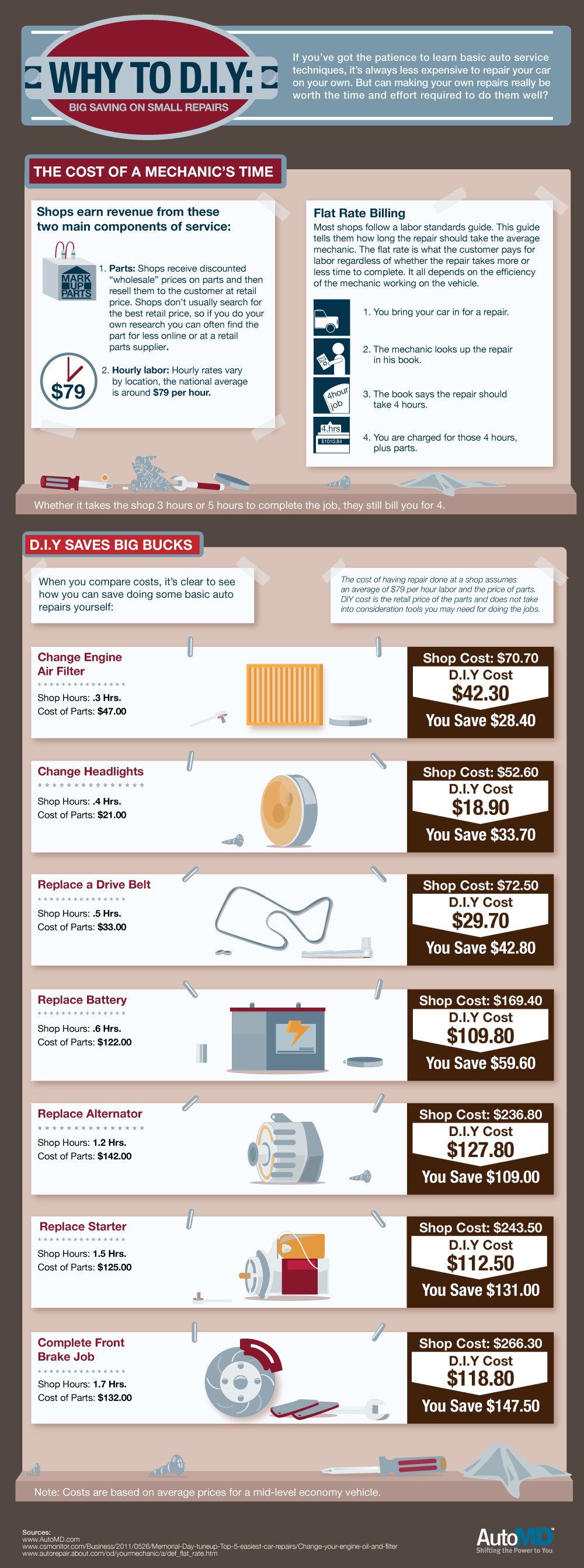Assessing Your Automobile'S Warning Indicators: What They Actually Communicate
Assessing Your Automobile'S Warning Indicators: What They Actually Communicate
Blog Article
Personnel Author-Boye Forbes
When you lag the wheel, those glowing caution lights on your control panel can be a bit perplexing. Do you know what they're attempting to tell you about your cars and truck's health? Understanding the importance of these lights is important for your safety and security and the longevity of your car. So, the following time one of those lights appears, would not you wish to decipher its message precisely and take the essential steps to address it?
Common Warning Lighting and Interpretations
Identify usual caution lights in your vehicle and recognize their significances to ensure secure driving.
One of the most normal caution lights include the check engine light, which signifies issues with the engine or exhausts system. If industrial car wash comes on, it's essential to have your automobile examined quickly.
The oil pressure cautioning light indicates reduced oil stress, calling for prompt focus to avoid engine damages.
cut and polish car blinking battery light could suggest a malfunctioning billing system, possibly leaving you stranded if not attended to.
The tire stress tracking system (TPMS) light informs you to reduced tire pressure, influencing lorry stability and gas effectiveness. Disregarding this could bring about unsafe driving problems.
The abdominal light suggests an issue with the anti-lock braking system, compromising your capability to quit rapidly in emergencies.
Lastly, the coolant temperature advising light warns of engine overheating, which can result in extreme damage if not dealt with promptly.
Comprehending these usual caution lights will certainly help you deal with issues without delay and preserve safe driving conditions.
Relevance of Prompt Attention
Understanding the common warning lights in your car is only the first step; the significance of without delay dealing with these cautions can't be stressed sufficient to ensure your security when driving.
When a warning light brightens on your control panel, it's your cars and truck's means of communicating a possible concern that needs focus. Neglecting these cautions can result in much more serious troubles down the road, compromising your safety and security and potentially costing you more in repairs.
Motivate interest to advising lights can avoid break downs and accidents. As an example, a blinking check engine light might show a misfire that, if left ignored, can trigger damage to the catalytic converter. Resolving this without delay can conserve you from a pricey repair work.
Likewise, a brake system cautioning light might signal low brake fluid or used brake pads, vital parts for your security when driving.
Do It Yourself Troubleshooting Tips
If you discover a caution light on your dashboard, there are a couple of do it yourself repairing suggestions you can try before seeking professional aid.
The first step is to consult your automobile's manual to understand what the specific warning light shows. Occasionally the concern can be as easy as a loose gas cap triggering the check engine light. Tightening the gas cap might deal with the trouble.
An additional typical concern is a reduced battery, which can set off numerous cautioning lights. Checking the battery connections for rust and guaranteeing they're secure might deal with the problem.
If a warning light continues, you can attempt resetting it by separating the vehicle's battery for a couple of mins and then reconnecting it. Additionally, examining your lorry's liquid levels, such as oil, coolant, and brake liquid, can help repair advising lights associated with these systems.
Verdict
In conclusion, understanding your automobile's caution lights is vital for maintaining your lorry running efficiently and safely. By immediately addressing these signals and recognizing what they imply, you can avoid expensive fixings and potential malfunctions.
Bear in mind to consult your auto's manual for certain information on each warning light and act appropriately to make certain a hassle-free driving experience.
Keep informed, stay safe on the road!
